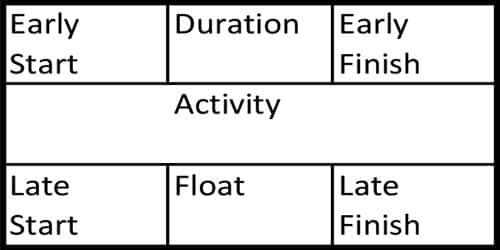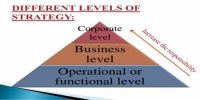A critical path is an activity or event that, if delayed, will delay project completion. It is the chain of stages formative the least time needed for an operation, particularly when analyzed on a computer for a big organization. So, the critical path is actually the longest length of time it will take to total the project tasks. It is very useful in helping to manage any project.
Critical Path Method uses the following times for an activity:
- (EST) Early start Time is the earliest time the activity can begin.
- (LST) Late start Time is the latest time the activity can begin and still allow the project to be completed on time.
- (EFT) Early finish Time is the earliest time the activity can end.
- (LFT) Late finish Time is the latest time the activity can end and still allow the project to be completed on time.
Late start time: Late start time refers to be time arrived at when all activities are started as late as possible. In this time –
- all events occur at their latest because all activities start at their latest finished time;
- some activities may start after a time lag subsequent to the occurrence of the preceding events; and
- all activities leading to an event are completed at the same time.
Early start time: The early start time refers to the time in which all activities starts as early as possible. In this time –
- all events occur at their earliest because all activities start at their earliest starting time and finish at their earliest finish time;
- there may be time lags between the completion of certain activities and the occurrence of events which these activities lead to; and
- all activities emanating from an event begin at the same time.
Early finish time: The early finish time refers to the time in which all activities finishes as early as possible. In this time –
- all events occur at their earliest because of all activities and finish at their earliest finish time;
- there may be time lags between the completion of certain activities and the occurrence of events which these activities lead to; and
- all activities emanating from an event begin at the same time.















